Ayatollah Sayyed Ruhullah Mousavi Khomeini was a Muslim cleric and Marja, and the political leader of the 1979 Islamic Revolution of Iran which overthrew Mohammad Reza Pahlavi, the last Shah of Iran.
Following the Revolution, Imam Khomeini became Grand Leader of Iran — the paramount figure in the political system of the new Islamic Republic — until his demise.
Imam Khomeini was considered a Marja-e taqlid to many Muslims, and in Iran was officially addressed as Imam rather than Grand Ayatollah; his supporters adhere to this convention. Imam Khomeini was also a highly-influential and innovative Islamic political theorist, most noted for his development of the theory of velayat-e faqih, the "guardianship of the jurisconsult."
Childhood:
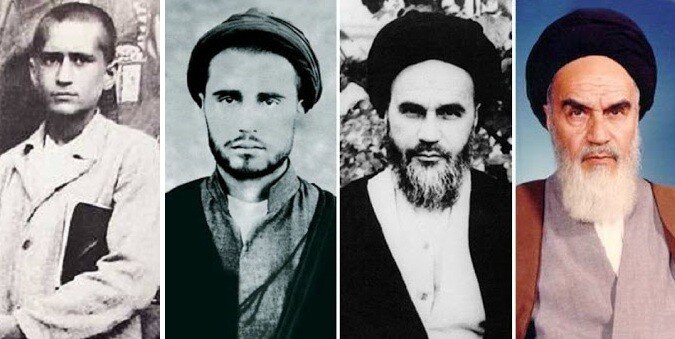
He was born in Jumada II 20, 1320 (September 24, 1902) in Khomein, a city located in central Iran. (Because he was born on the anniversary of the birthday of Lady Fatima al-Zahra (a), the anniversary of his birthday is counted according to the lunar calendar exceptionally.)
His father, Sayyid Mustafa Musavi, who had studied Islamic subjects in Najaf, was contemporaneous with Ayatollah Mirza Shirazi. His father, whom the people of Khomein referred to for their religious issues, was murdered five months after Sayyid Ruhollah's birth in a fight against the brutal local governor.
Sayyid Ruhollah grew up under the supervision of his mother, Hajieh Agha, and his paternal aunt Sahiba Khanum, until he was 15.
Ruhullah Khomeini was a Seyyed from a religious family that is descendants of Prophet Mohammad, through the seventh Imam, (Imam Mousa Kazem).
His paternal grandfather was Seyyed Ahmad Musavi, whose wife, Sakineh, gave birth to Mostafa in 1856. Imam Khomeini's maternal grandfather was Mirza Ahmad Mojtahed-e Khonsari, a high-ranking cleric in central Iran whose Fatwa for banning the usage of Tobacco in opposition to a monopoly granted by Shah to a British company, led to the cancellation of the concession.
Education:
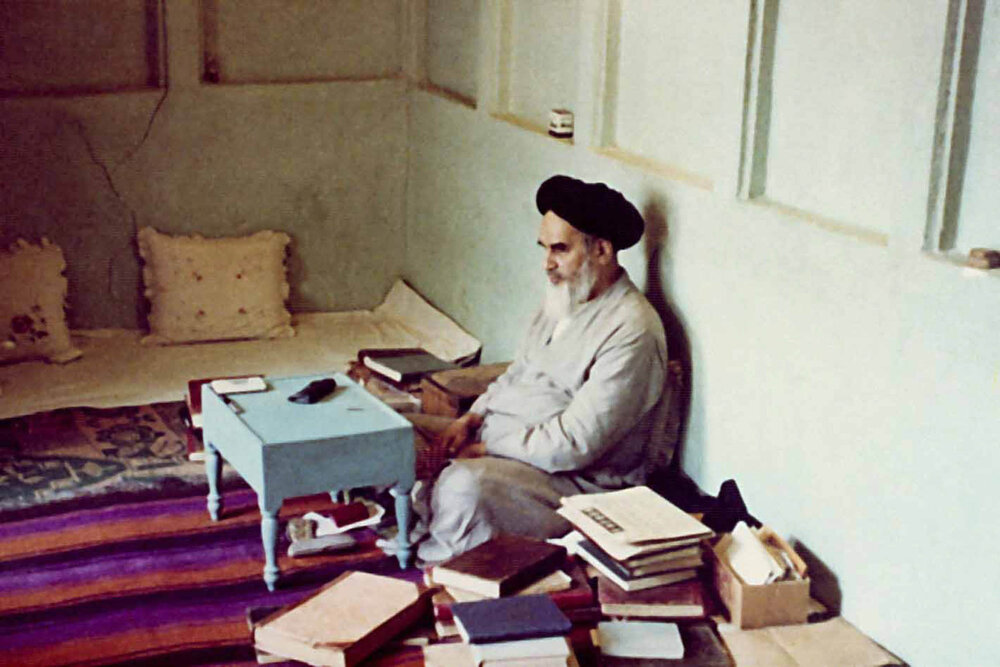
At the age of six, he began to study the Quran, Islam's holy book. He received his early education at home and at the local school, under the supervision of Mullah Abdul-Qassem and Sheikh Jaffar, and was under the guardianship of his elder brother, Ayatollah Pasandideh, until he was 18 years old.
Arrangements were made for him to study at the Islamic seminary in Esfahan, but he was attracted, instead, to the seminary in Arak, which was renowned for its scholastic brilliance under the leadership of Ayatollah Sheikh Abdol-Karim Haeri-Yazdi (himself a pupil of some of the greatest scholars of Najaf and Karbala in Iraq).
In 1921, Imam Khomeini commenced his studies in Arak. The following year, Ayatollah Haeri-Yazdi transferred the Islamic seminary to the holy city of Qom and invited his students to follow. Imam Khomeini accepted the invitation, moved, and took up residence at the Dar al-Shafa school in Qom before being exiled to the holy city of Najaf in Iraq. After graduation, he taught Islamic jurisprudence (Sharia), Islamic philosophy, and mysticism for many years and wrote numerous books on these subjects.
Imam Khomeini became a Marja in 1963, following the death of Grand Ayatollah Seyyed Hossein Borujerdi.
Teaching:
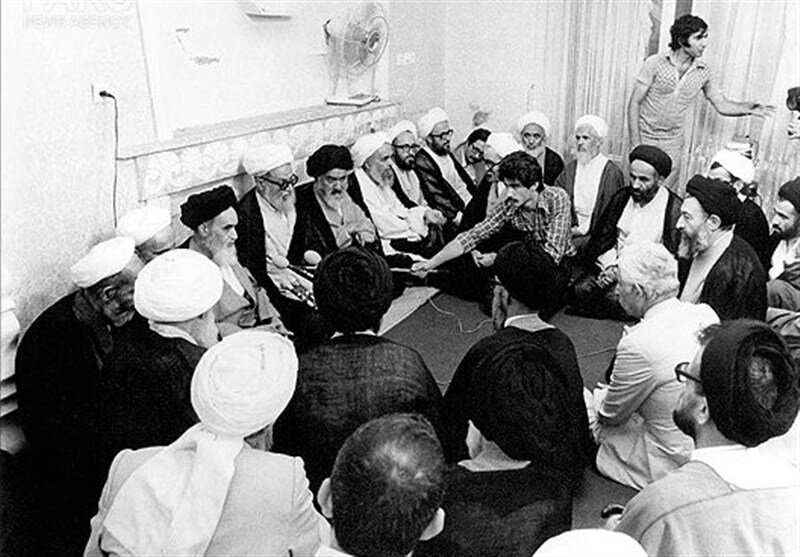
Imam Khomeini spent a lot of years teaching jurisprudence, principles of jurisprudence, Islamic philosophy, mysticism, and Islamic ethics in the Islamic Seminary of Qom.
In Najaf, he taught Islamic subjects including advanced levels of jurisprudence for almost 13 years in Masjid al-Shaykh al-A'zam al-Ansari. It was during these years that he taught the theoretical basis of his doctrine, wilayat al-faqih, in several sessions for the first time.
According to his students, his class was one of the most important classes in the Seminary of Najaf. In some periods, the number of participants in his class reached 1200, among whom were tens of well-known contemporaneous mujtahids.
Life in exile:
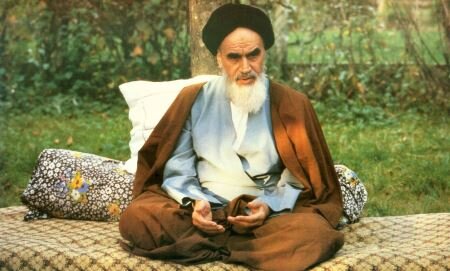
Imam Khomeini spent over 14 years in exile, mostly in the holy city of Najaf in Iraq. Initially, he was sent to Turkey on 4 November 1964, where he stayed in the city of Bursa for less than a year. He was hosted by a Turkish Colonel named Ali Cetiner in his own residence.
Later in October 1965, he was allowed to move to Najaf, Iraq, where he stayed until being forced to leave in 1978 after then-Vice President Saddam Hossein forced him out. Then he went to Neauphle le Château in France.
In early 1970 Imam Khomeini gave a lecture series in Najaf on Islamic Government which later was published as a book titled variously Islamic Government or Guardianship of the Islamic Jurists (velayat-e faqih). This was his most famous and influential work and laid out his ideas on governance at that time.
In the meantime, however, Imam Khomeini was careful not to publicize his ideas for clerical rule outside of his Islamic network of opposition to the Shah which he worked to build and strengthen over the next decade. Cassette's copies of his lectures fiercely denouncing the Shah as, for example, "the Jewish agent, the American snake whose head must be smashed with a stone," became common items on the markets of Iran, and helped to demythologize the power and dignity of the Shah and his reign.
As protest grew, so did Imam Khomeini’s profile and importance. During the last few months of his exile, Imam Khomeini received a constant stream of reporters, supporters, and notables, eager to hear the spiritual leader of the revolution.
Returning to Iran:

Only two weeks after the Shah fled Iran on January 16, 1979, Imam Khomeini returned to Iran triumphantly, on Thursday, February 1, 1979, invited by the anti-Shah revolution which was already in progress. Conservative estimates put the welcoming crowd of Iranians at least three million.
It was originally planned that Ayatollah Khomeini would enter Iran on 26 January, but Prime Minister Shapour Bakhtiar announced that the airports would be closed. From Paris Khomeini declared that he would return as soon as the airports were reopened. The closure of the airports led to widespread protests and strikes. In Tehran alone, 28 people were killed. On 29 January, the airport was reopened.
International Quds Day:
Some months after the victory of the revolution, in the month of Ramadan, 1399 (August 1979), Imam Khomeini declared the last Friday of the holy month of Ramadan as the Quds Day and asked the Muslim world to show their solidarity with the oppressed people of Palestine and to defend their rights.
Since then, mass marches and rallies are held in Iran and other countries on this day to show support and solidarity with Palestinians.
This day is titled International Quds Day.
The demise of Imam Khomeini:
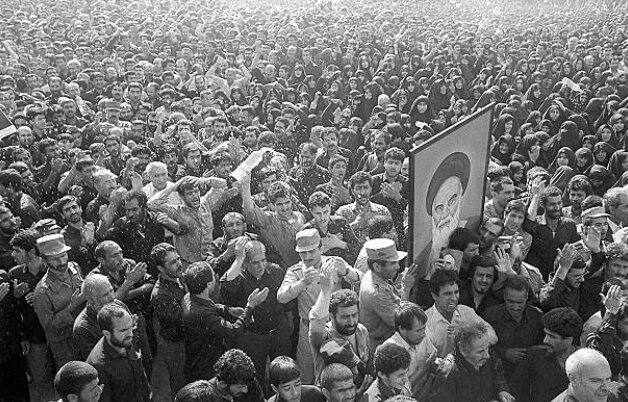
After eleven days in a hospital for an operation to stop internal bleeding, Imam Khomeini died of cancer on Saturday, June 3, 1989, at the age of 89. Many Iranians mourned Imam Khomeini's death and poured out into the cities and streets. More than 10 million people from across the country attended Imam Khomeini’s funeral to form one of the largest ever funerals in the world.
Following Imam Khomeini’s demise, Ayatollah Seyyed Ali Khamenei came to be selected on June 4, 1989, by the Assembly of Experts to be his successor, in accordance with the Constitution.
The Demise of Imam Khomeini is a national holiday in Iran on June 4th each year. The leader of the Islamic Republic of Iran delivers a speech on this occasion during a ceremony each year.
Compiled by Mohaddeseh Pakravan

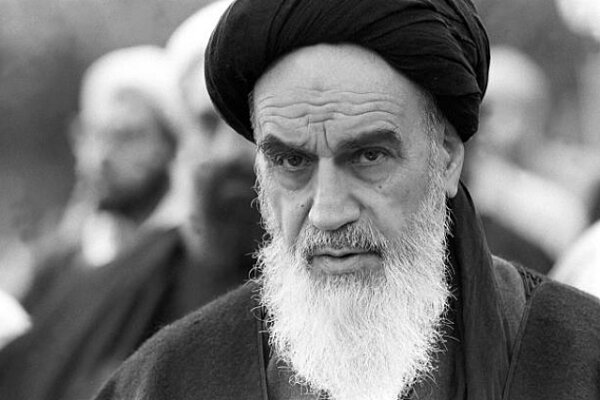
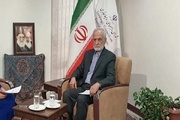


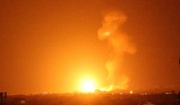
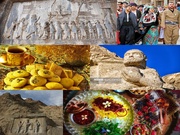
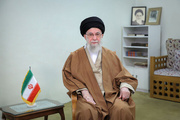
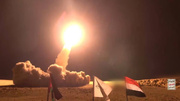

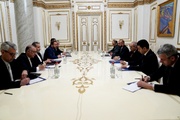
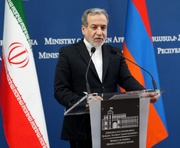

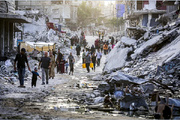

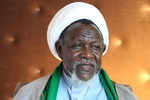
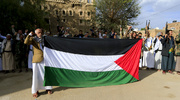

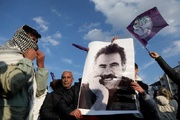
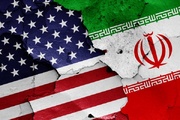



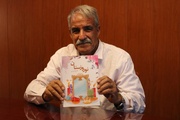
Your Comment